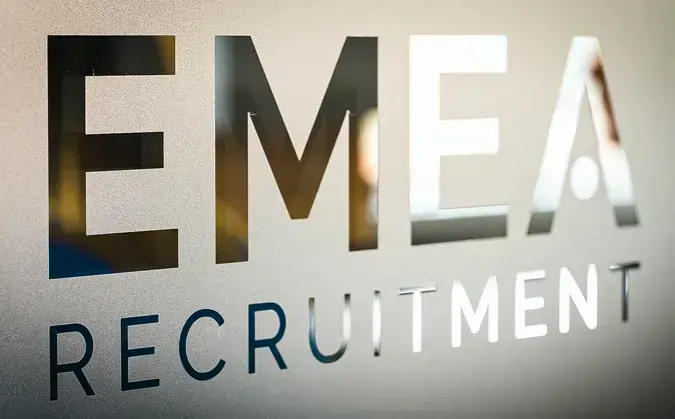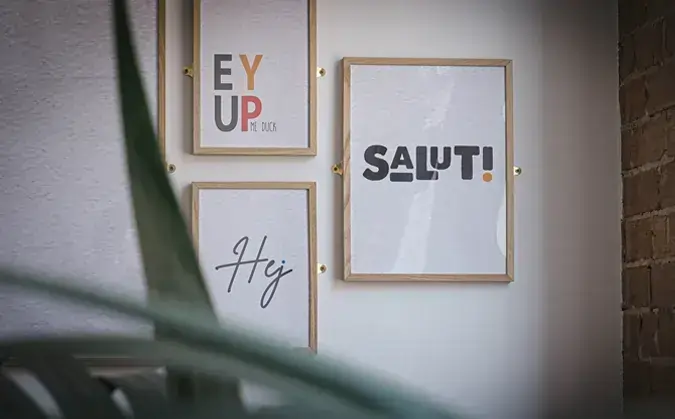How to Reduce Bias in the Hiring Process – Executive Insights

Building a diverse workforce can offer many benefits to an organization, but success begins with inclusive recruitment. In recognition of Pride Month, we’ve collected some top tips from senior executives on how to reduce bias in the hiring process.
The business case for diversity and inclusion in the workplace is overwhelming. McKinsey & Company report that companies in the top quartile for gender diversity on executive teams were 25% more likely to have above-average profitability.
Meanwhile, Great Place to Work found that businesses that rank highly for inclusion record 5.4 times higher employee retention – which greatly reduces the financial and time cost associated with hiring replacement team members.
Building diverse teams and fostering inclusivity in the workplace starts with reducing bias among hiring managers and interviewers in the recruitment process, to ensure every candidate receives the same opportunity.
“The first step is to acknowledge that bias exists, and it is therefore critical to create awareness and tools for effectively managing it during the hiring process,” explains Laura Montagu, VP HR EMEA & India at Crocs, Inc., who was previously Senior Director HR EMEA at Under Armour in Amsterdam.
We have collected some top tips from our Executive Interviews series for leaders looking to reduce bias in their hiring processes to build diversity and inclusion across their organizations:
- Training for hiring managers
Identifying potential bias isn’t always straightforward – especially when it’s implicit. Implicit bias refers to attitudes or stereotypes that unconsciously affect how we perceive others.
To challenge this behavior, Under Armour provides mandatory training before each hiring process, Laura says. It’s designed to “build the skills and capabilities to recognize and mitigate potential biases”.
Katja Meeuwsen-Nass, the Vice President of Human Resources at ASICS, shares a similar model: “Our recruitment staff and managers are trained to be aware of and recognize unconscious bias.”
Using an external training provider can mitigate any unconscious bias that exists across the wider organization. EMEA Recruitment works with Coco Consulting & Coaching to provide regular Equity, Diversity & Inclusion training to all employees, which strengthens our service offering to clients.
- Competency-based interviews
Competency-based interviews assess candidates based on a prearranged set of skills, ensuring that all prospective employees are evaluated in the same way and that any unconscious bias during the process is reduced.
Laura explains how this works at Under Armour: “Interviewers determine a score for each candidate against set competencies using a numerical system. It helps us keep our feedback more fact-based, balanced, and fair.”
ASICS also introduced a scorecard to “assess skills and quantify values, to allow for accurate reflection,” says Katja.
Aryuna McGloin, the Financial Planning & Analysis Director at Spryker, emphasizes the importance of finding a cultural fit with the candidate: “For every role across the company, we have a list of specific DNA traits that we look for. That way, we can be sure we’re making a cultural fit, regardless of their background or experience.”
- Diverse interview panels
“We insist on diverse interview panels to help ensure a broad range of perspectives,” says Laura. “It helps mitigate bias if you are hearing ideas, thoughts, and challenges from different sources.”
At ASICS, a diverse hiring committee includes people of different genders and ethnicities, “but also diverse minds to allow for different perspectives and challenges,” explains Katja.
Spryker created a final stage to its hiring process, “whereby we ask someone who sits outside the hiring function to assess objectively candidates’ future potential, leadership skills, etc. to ensure we continue raising the bar with the people we bring on board”, Aryuna adds.
Diverse interview panels not only generate a “higher quality interview”, according to Katja, but Laura also highlights the benefits to potential employees: “Candidates get a deeper and more transparent insight into our culture and feel a greater sense of belonging.”
It’s something that may go a long way in fostering inclusivity once someone joins the business, which could improve retention rates.
We can support you in reducing bias during the hiring process by ensuring your job advertisements include inclusive language and by building diverse talent shortlists for your roles.
We act as a neutral third part in the recruitment process, basing our candidate searches on skills and experience. If you’d like to learn more about our approach to ED&I, please get in touch: www.emearecruitment.com/pages/contact-us








 It was a lesson that also built his resilience: “Some dear colleagues took me aside and provided honest feedback, such as, ‘You may be used to that, but please consider that the clocks tick a bit differently here.’ They also gave me advice on cues and the natural rhythm of a conversation when you want to get to a decision.”
It was a lesson that also built his resilience: “Some dear colleagues took me aside and provided honest feedback, such as, ‘You may be used to that, but please consider that the clocks tick a bit differently here.’ They also gave me advice on cues and the natural rhythm of a conversation when you want to get to a decision.”



You can also use your social account to sign in. First you need to:
Accept Terms & Conditions And Privacy Policy